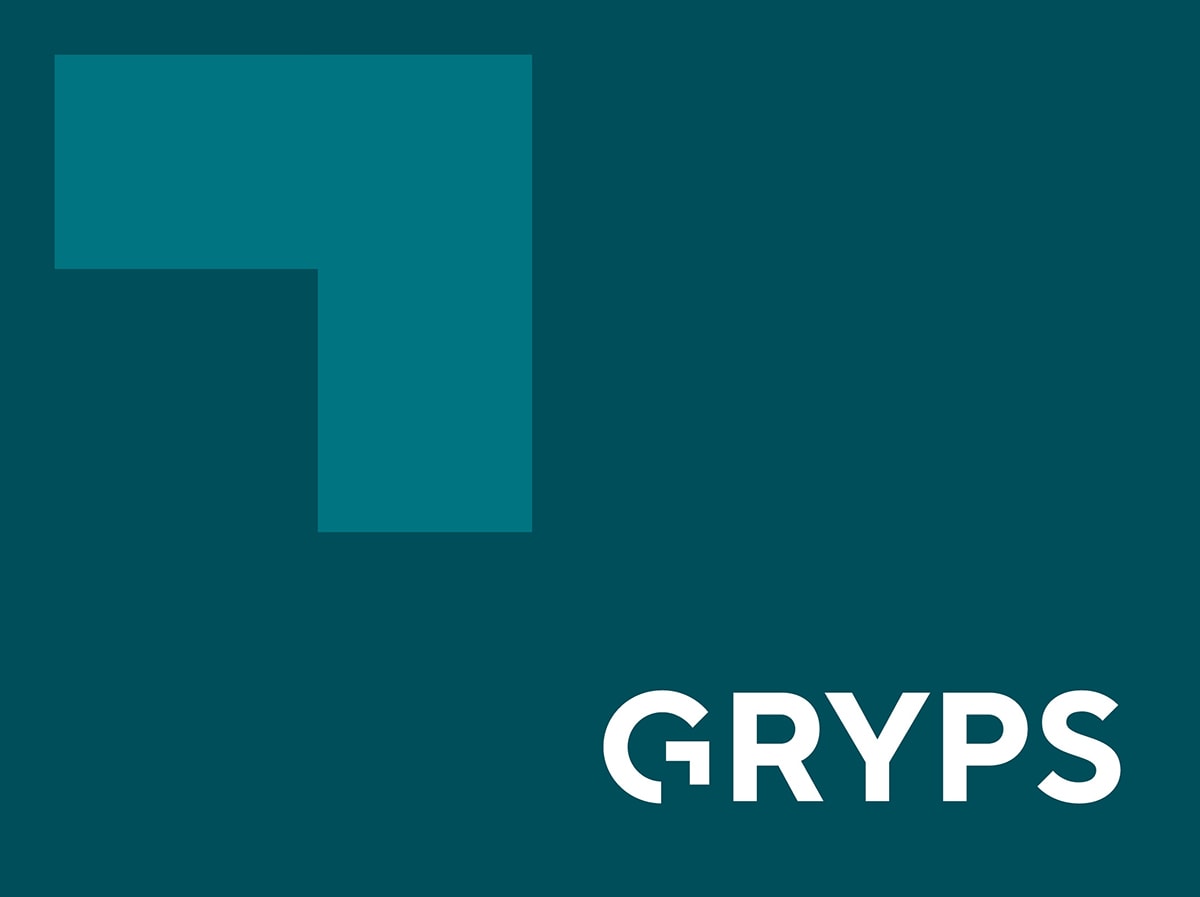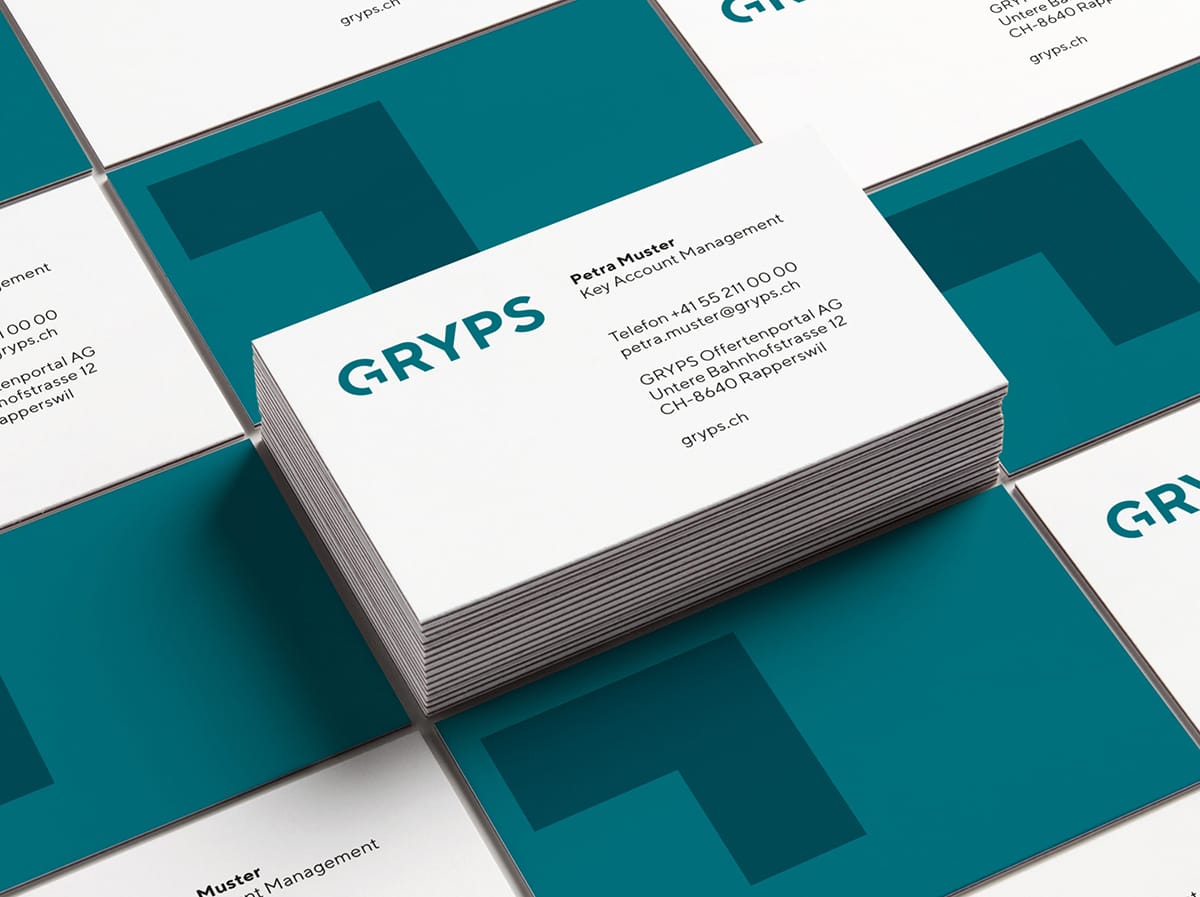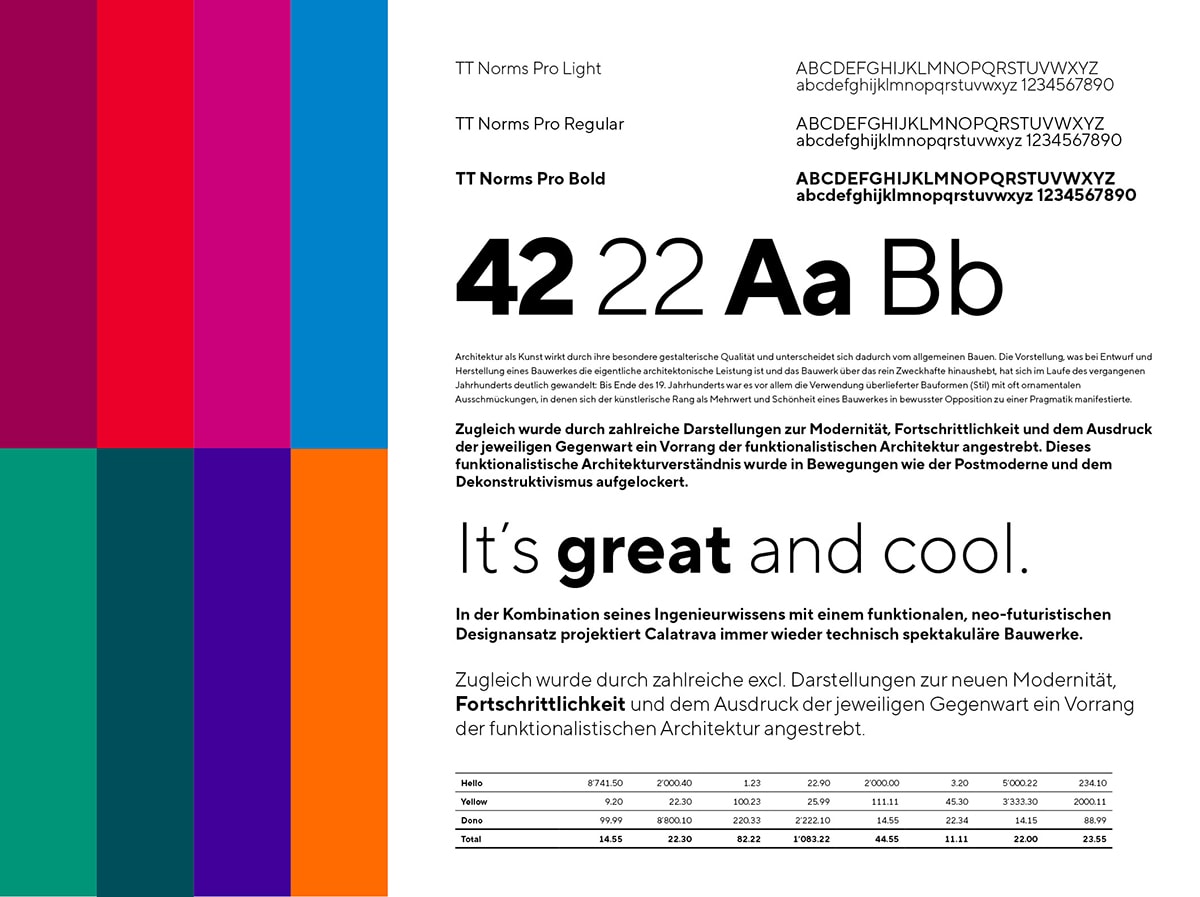QAS industry solution from swissstaffing now EKAS-certified
The QAS industry solution for occupational safety and health protection is specifically geared to the staffing industry and is accessible to all companies in the staffing services sector - including non-members of swissstaffing. By connecting to the industry solution and using the safety system, staffing companies can improve the safety of all employees - both permanent and temporary. In addition, staffing companies fulfill with [...]

The QAS industry solution for occupational health and safety is specifically geared towards staff leasing and is accessible to all staffing companies - including non-members of swissstaffing. By connecting to the industry solution and using the safety system, staffing companies can improve the safety of all employees - both permanent and temporary. In addition, by using the QAS industry solution, staffing companies meet the requirements of EKAS Directive No. 6508.
Industry solution QAS - the system
The QAS safety system is designed to be practical and legally compliant. It includes several components such as a manual with practice-oriented templates, checklists and tools for implementation as well as "safely", a digital system for use that also allows mobile access. In addition, experts are available for consultation, safety training courses are held and an annual exchange of experience takes place. An industry solution has demonstrably led to a reduction in the number of accidents and days of absence.
EKAS certificate
The Federal Coordination Commission for Occupational Safety FCOS was defined in the Federal Council's dispatch on the UVG as the central information and coordination office for safety and health protection in the workplace. It coordinates prevention measures, enforcement tasks and the uniform application of regulations. Its decisions are binding. The "Staff Leasing (EKAS No. 82)" certificate certifies that the QAS organization has introduced and effectively applies the industry solution for occupational safety and health protection in accordance with the EKAS guideline on the involvement of occupational physicians and occupational safety specialists (EKAS 6508, ASA guideline).
Source: www.swissstaffing.ch/QAS
This article originally appeared on m-q.ch - https://www.m-q.ch/de/branchenloesung-qas-von-swissstaffing-nun-ekas-zertifiziert/








 Conforama becomes Confo - and the furniture store is also changing in other ways. Including a new brand identity, developed and implemented by Serviceplan Suisse. This also includes a TV spot for sponsoring the FIFA World Cup program on SRF.
Conforama becomes Confo - and the furniture store is also changing in other ways. Including a new brand identity, developed and implemented by Serviceplan Suisse. This also includes a TV spot for sponsoring the FIFA World Cup program on SRF.

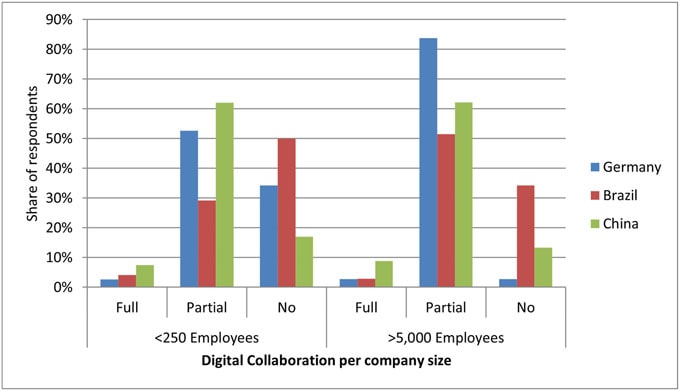

 To find out how customer service has changed, what customers want today, and what untapped potential lies in properly linking digital with physical channels, Deloitte studied more than 190 companies in 21 countries (from the banking, insurance, and telecommunications industries). The study focused on the synchronization of physical (branches, call centers) and digital channels as well as the opportunities that digitization of physical devices brings.
To find out how customer service has changed, what customers want today, and what untapped potential lies in properly linking digital with physical channels, Deloitte studied more than 190 companies in 21 countries (from the banking, insurance, and telecommunications industries). The study focused on the synchronization of physical (branches, call centers) and digital channels as well as the opportunities that digitization of physical devices brings.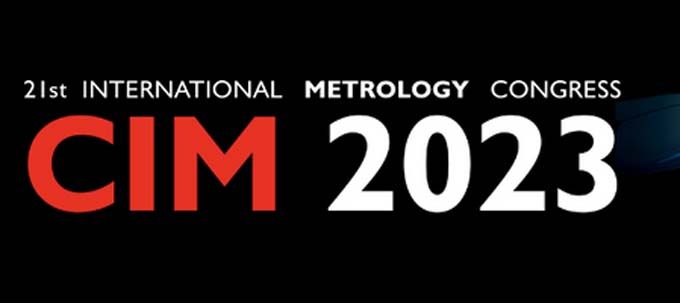
 Visible!
Visible!




 Just in time for the start of Christmas shopping, the
Just in time for the start of Christmas shopping, the 






